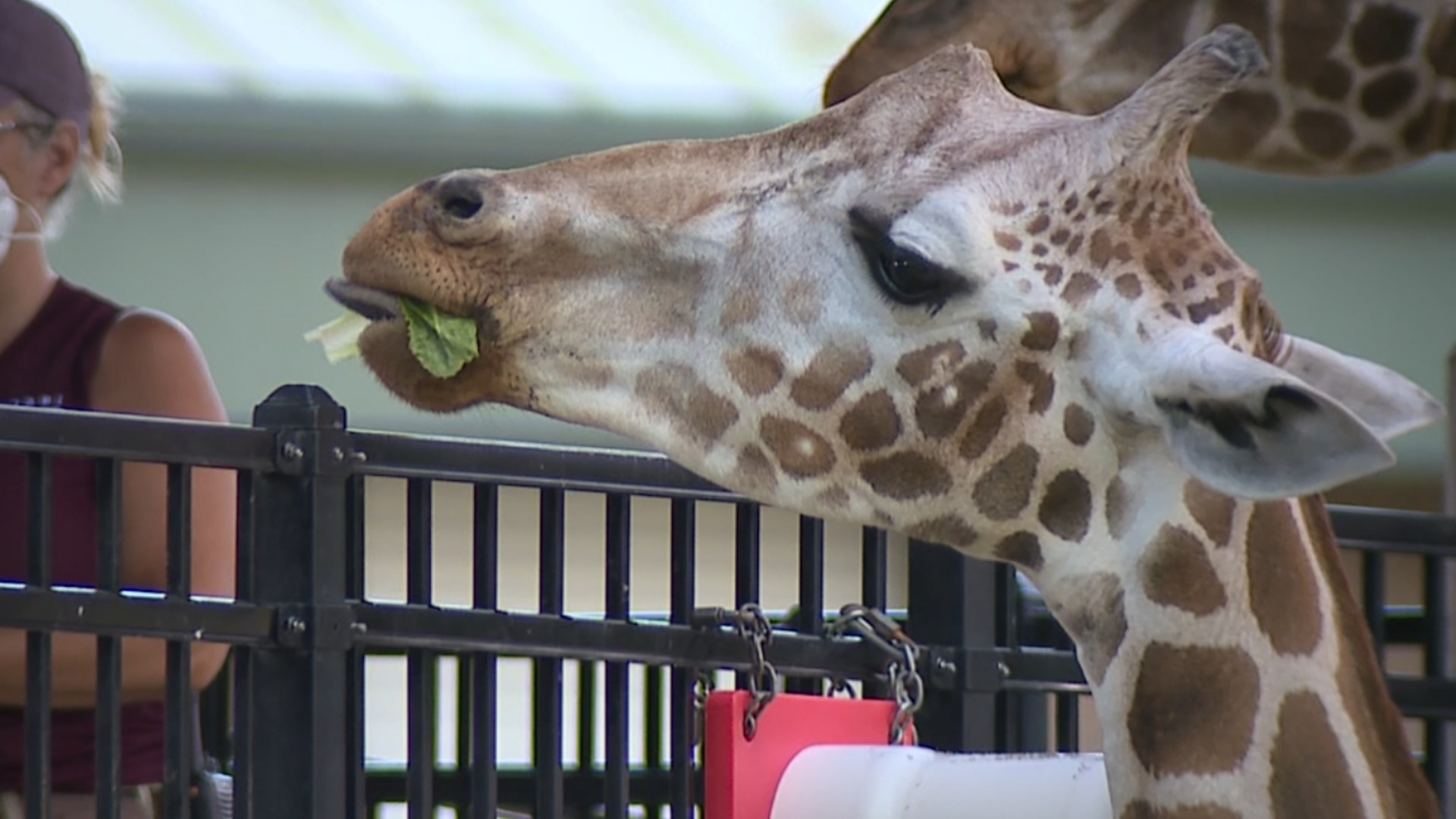COAL VALLEY, Ill. — It's a story consumers across the country know all too well: inflation and rising food prices, now driving up the bottom dollar.
But at Niabi Zoo, the soaring cost of food means an even bigger headache.
Across the zoo, there are 839 different animals, spanning 157 different species. Lately, keeping all of those stomachs full costs an arm and a hoof.
"I've been in this business for almost 30 (years) and I have not seen prices, period, like this in my lifetime," said Tammy Schmidt, Niabi's assistant director.
According to numbers provided by the zoo, the total food budget for the upcoming fiscal cycle will be $132,500. The three largest categories will be produce ($50,000), grains and seeds ($33,000) and meat and rodents ($27,000).
"Things have gotten more expensive," said Schmidt. "I would say that we've probably gone higher, over the years since the pandemic started, from $50-100,000 more than usual."
Niabi goes through about 24 cases of romaine lettuce every month. Today, each case costs roughly $10-15 more than a few years ago.
"A box of say kale was $5 before the pandemic on special occasions," said Schmidt. "Now it's up $25-30."
As those numbers have risen, the zoo has been forced to swallow the price, as opposed to passing it along to customers.
And there's not much flexibility. The animals' diets are set by nutritionists and few food choices can be substituted for a cheaper option.
"We have zebra pellets that can only be fed to the zebras," said Schmidt. "Our bats have to have bananas every day because they're fruit bats. What else am I going to feed them? I have to get bananas."
Consequently, the zoo has been forced to delay a few new projects and exhibits, as it dedicates more of its budget toward food.
It's a problem Scott Hesselberg, Niabi's maintenance superintendent, knows all too well.
"We have projects right now that have been dragged out a lot longer than what they should because of stuff like that," he said.
While standing by the rhino enclosure, he pointed out a group of tires hanging from a chain: an enrichment tool for Keto the rhino.
"That tire swing over there. It's on an angle iron and that's a little bit harder to get. That's thicker steel, heavy duty steel. And steel is one of those commodities that's a little bit harder to get," said Hesselberg.
If he wants to order more, he has to not only fight an embattled supply chain, but now also ensure the steel fits within the zoo's shifting budget.
Still, there are ways the zoo is trying to get a bang for its buck (or rhino, or giraffe). Niabi has started a small garden to begin growing its own food for the animals.
"We added a new bed last year so we have three beds of edible garden for us to grow our own food in," said Schmidt.
After all, animal care and enrichment are the number one priority at Niabi, no matter what the cost.

